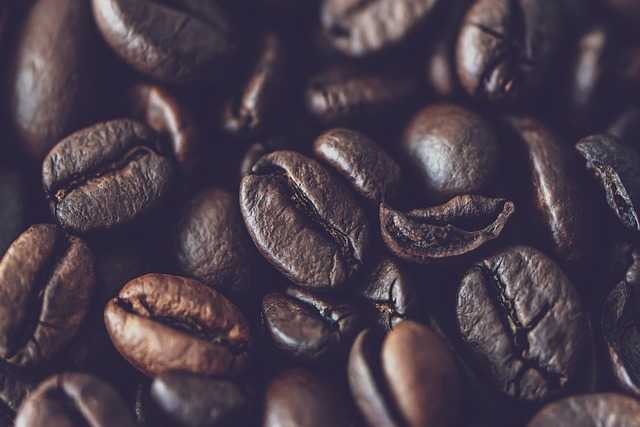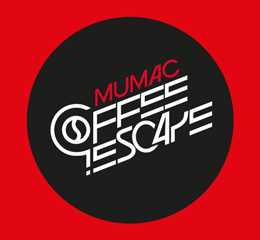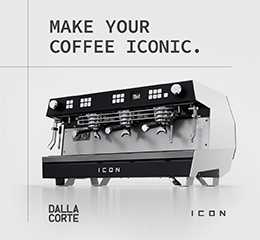MILAN – There is good news and bad news for coffee consumers. The good news is that products and brands that have been missing from the shelves in recent weeks – at least in some European countries and in some supermarket chains – are returning or will return soon. The bad news is that they will get much more expensive.
According to Reuters, several major players in the market – including Lavazza, illy, Nestlé and JDE Peet’s – are in currently in talks with retailers to raise coffee prices amid sharp increases in raw material costs.
On average, green coffee accounts for 40% of the wholesale cost of a bag of roast and ground coffee.
This means that if last year’s raw material price increases were passed through in full this year, it would equate to a 28% price rise to the consumer, Reg Watson, director of equity research at Dutch Bank ING, told Reuters.
Watson believes prices will rise 15%-25% and that in some markets consumers may feel the hike in one shot.
Negotiations between the industry and retailers are not easy. So much so, that in a number of cases deliveries were suspended and supermarkets ran out of stock for some of the most popular coffee brands.
This was the case for Albert Heijn, the largest Dutch supermarket chain, which ran out of coffee products like Douwe Egberts and Senseo.
The situation returned to normal in the middle of last week: Jde Peet’s coffee brands were back on the shelves of Albert Heijn, but at higher prices, reports Reuters quoting a spokesperson of the chain.
Meanwhile, Nielsen data – reported by Reuters – shows that coffee sales in Europe and North America, the world’s two biggest consumer markets, fell by 3.8% in volume last year, while prices rose by an average of 4.6 per cent.
With further and steeper price rises on the horizon, the decline in sales could get even worse this year.
J.M. Smucker – a US market leader with the Folgers, Café Bustelo and Dunkin’ brands (the latter under licence) – expects a decline in volumes in its fiscal year starting in May as it raises prices again, its chief financial officer Tucker Marshall said at a conference call earlier this month. The company has already raised prices twice last year, in June and October.
Meanwhile, higher prices are prompting many consumers to abandon major brands for private labels.
According to Circana data (also provided by Reuters) on the US market, private label products increased their share of the US market by 13% between 2021 and 2024, from 20.51% to 23.12% of volume sales.
For their part, roasters are buying on a hand-to-mouth basis limiting purchases to the bare minimum. Coffee depots close to U.S. ports currently have half their normal volumes, concludes Reuters.
Coffee prices in futures markets marked their second consecutive decline yesterday, Thursday, 27 March 2025, this time more pronounced. In New York, the May contract lost 3.4 percent to close at 378.80 cents. In London, the main (May) contract fell 1.6 percent to settle at $5,351.
Both markets eased on forecasts for widespread showers in Brazil’s coffee-growing regions into next week.















